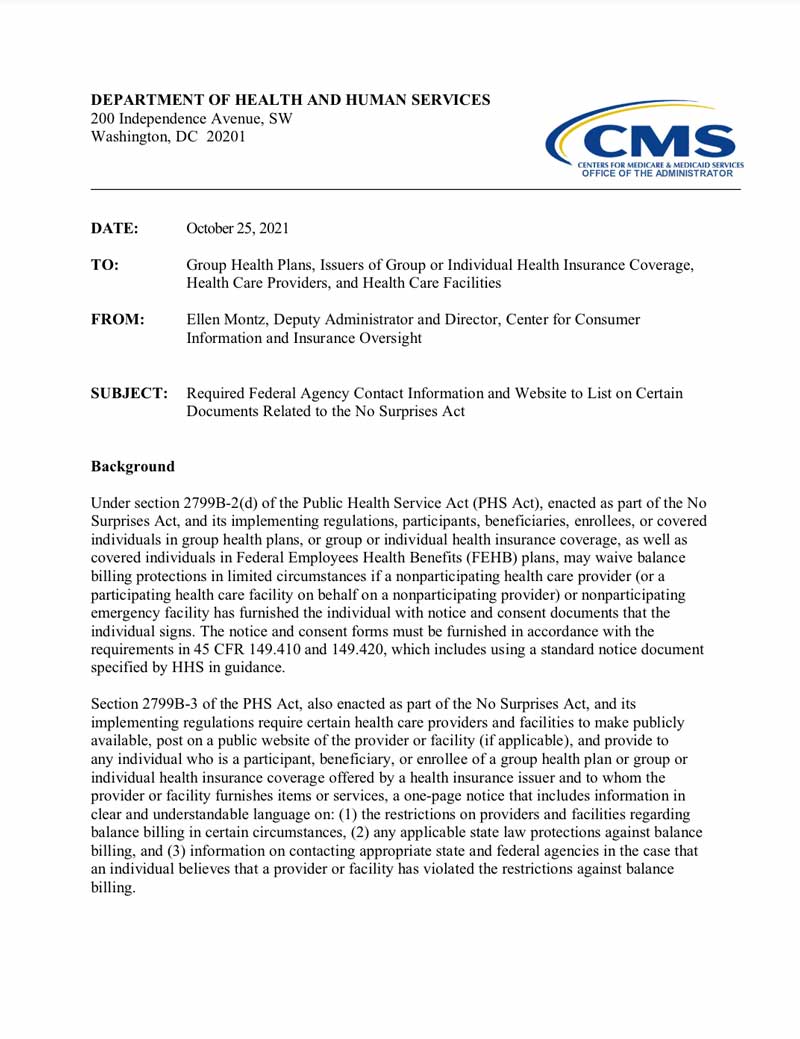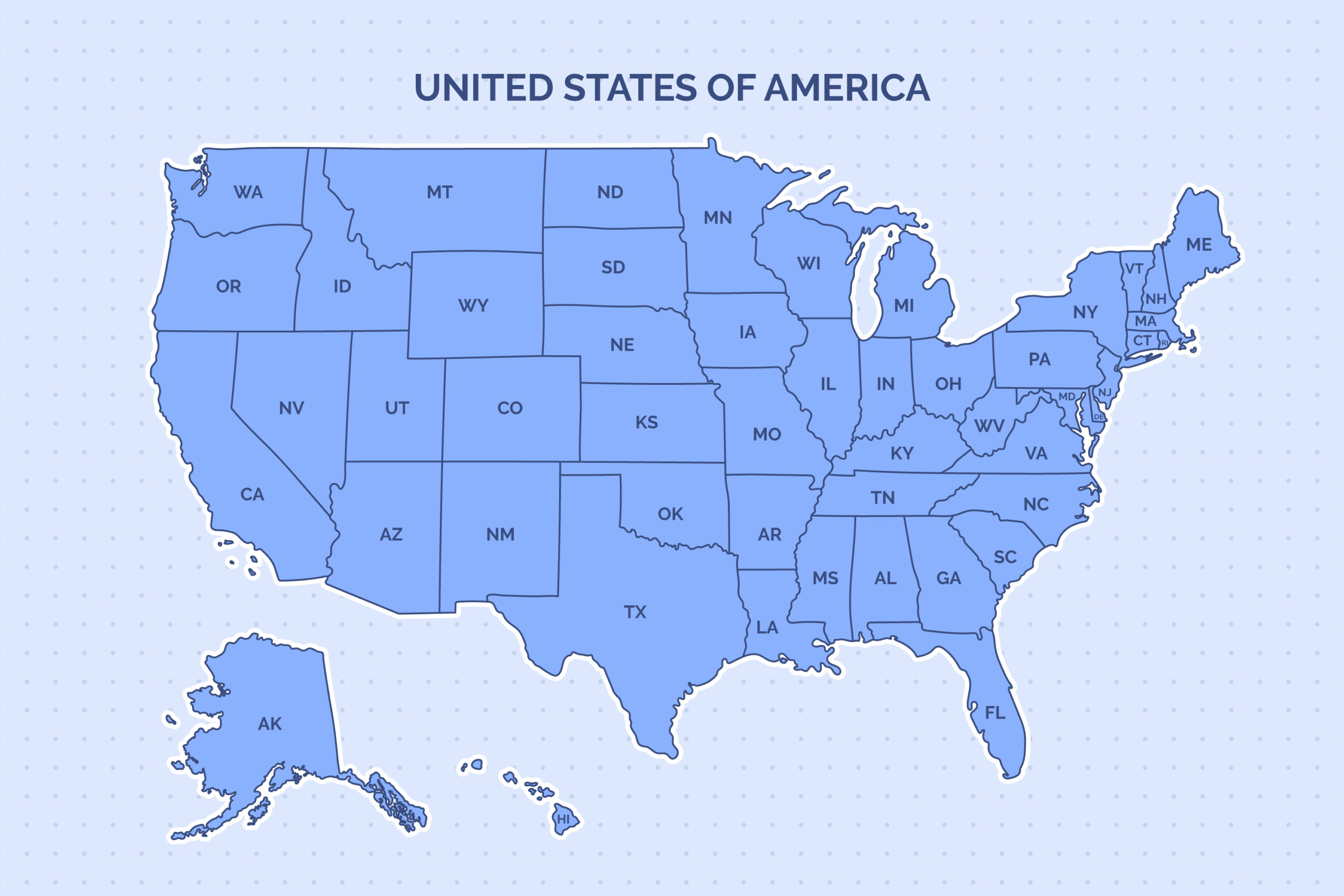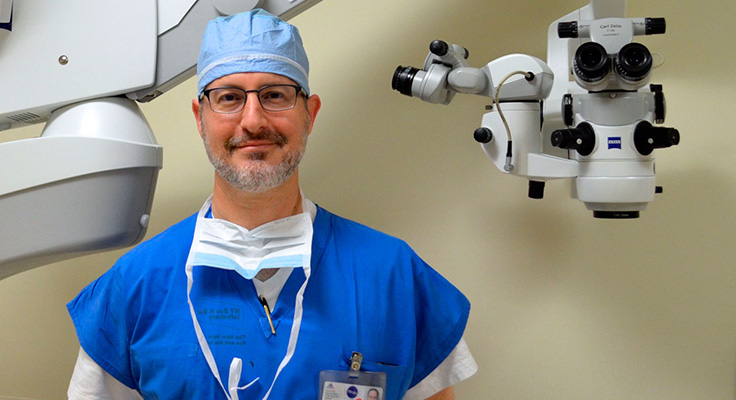Insurance Rights Page Menu
Dive into specifics with our inner page buttons – click and seamlessly navigate to the section you want on the same page.
Introduction
Our Comprehensive Guide and Services as your Insurance Liaison
Whether you’re exploring your options or seeking clarity on existing coverage, this guide is your go-to resource for understanding and maximizing your insurance benefits for breast reconstruction.

Part 1:
Summary Plan Description
This document outlines what’s covered, any limitations, and what you’re responsible for. It’s the key to understanding what parts of natural tissue breast reconstruction might be covered under your plan.

Part 2:
Going Out-of-Network
Choosing out-of-network providers for natural breast reconstruction means seeking specialized care not covered by your insurance network, potentially resulting in higher out-of-pocket costs but allowing access to specific expertise or techniques not available in-network.

Part 3:
Understanding Fee-Schedules
Navigating fee schedules for natural breast reconstruction involves understanding the predetermined costs set by your insurer, impacting your out-of-pocket expenses and potential reimbursement rates for medical services.

Part 4:
Mapping Insurance Coverage
Explore our interactive insurance map, pinpointing regions dominated by specific insurance companies.
Our First Class Patient Care
Serving as Your Insurance Liaison
We understand that dealing with insurance processes can be overwhelming. That’s why we serve as your dedicated insurance liaison, taking the stress out of navigating the claims process.
> We investigate your benefits, provide personal case management and manage all of your insurance carriers requirements for pre-certifications or pre-determinations.
> Where applicable, we submit all of the billing on your behalf, and work directly with your insurance carrier on any appeals to ensure that you receive the full benefits to which you are entitled.
> We have worked successfully for more than 10 years with numerous insurance companies and plans including commercial, self-funded, union, and international as an out-of-network provider.
What’s Covered:
Identify sections specifying coverage for medical procedures, including natural tissue breast reconstruction.
Examples:
- Surgical procedures related to mastectomy.
- Hospital stays and associated costs.
- Anesthesia and operating room charges.
- Post-operative care, including follow-up visits.
- Costs associated with natural tissue breast reconstruction.
- Necessary medical tests and imaging related to the reconstruction process.
- Rehabilitation services if deemed medically necessary.
- Prosthesis or breast implants as part of the reconstruction.
Limitations:
Look for any restrictions or limitations related to the reconstruction process.
Examples:
- Pre-authorization requirements.
- Caps on expenses or maximum coverage limits.
- Exclusions for certain types of procedures or treatments.
- Specific criteria or conditions for coverage eligibility.
- Time limitations for initiating the reconstruction process after mastectomy.
Section Navigation:
Familiarize yourself with the table of contents to efficiently locate relevant sections related to coverage.
Contact Information:
Find contact details for your insurance provider to seek clarification on any ambiguities in the document.
Your Role:
Understand your responsibilities outlined in the SPD, such as copayments, deductibles, or other out-of-pocket costs.
- Paying copayments: Fixed amounts due at each healthcare visit.
- Meeting deductibles: Initial amount you pay before insurance kicks in.
- Covering out-of-pocket costs: Additional expenses beyond what insurance covers.
Financial Implications:
Gain clarity on how much you might be responsible for during the reconstruction journey.
- Estimating costs: Understanding potential expenses for procedures and services.
- Budgeting for copayments: Planning for regular, predictable healthcare expenses.
- Accounting for deductibles: Being aware of upfront costs before comprehensive coverage begins.
- Preparing for unforeseen costs: Anticipating unexpected out-of-pocket expenses during the reconstruction journey.
Check if the SPD explicitly mentions coverage for reconstructive procedures, including natural tissue breast reconstruction.
“In-Network vs. Out-of-Network”:
Understand the distinctions between in-network and out-of-network coverage.
- In-Network:
- Definition: Healthcare providers and facilities contracted with your insurance company.
- Implications: Typically, lower out-of-pocket costs as the insurance plan has negotiated rates with these providers.
- Out-of-Network:
- Definition: Healthcare providers and facilities not contracted with your insurance company.
- Implications: Higher out-of-pocket costs, as coverage may be limited, and negotiated rates may not apply.
Specifics:
Ensure the SPD provides specific information related to breast reconstruction, addressing questions about the procedures covered and any prerequisites.
- Specifics:
- Look for a clear statement on coverage for breast reconstruction procedures, including natural tissue reconstruction.
- Check if the document outlines the specific surgical procedures covered in the reconstruction process.
- Verify if there are any prerequisites or conditions that must be met for coverage eligibility.
- Ensure the SPD provides detailed information on any associated costs, such as copayments or deductibles, related to breast reconstruction.
- If there are exclusions or limitations, they should be explicitly mentioned in this section.
- Seek clarity on the documentation or information required for pre-authorization, if applicable.
By examining these specifics in the SPD, you can gain a comprehensive understanding of how your insurance plan addresses breast reconstruction, allowing you to make informed decisions about your healthcare journey.
If the SPD is unclear, do not hesitate to contact your insurance provider for clarification.
- Contact Information:
- Look for a customer service phone number provided by your insurance company.
- Check if there’s an email address or online contact form for inquiries.
- Examine the SPD for a dedicated section on how to get in touch with the insurance provider.
- Questions to Ask:
- Seek clarification on any ambiguous language or terms within the SPD.
- Inquire about specific coverage details for natural tissue breast reconstruction.
- Confirm any uncertainties regarding participant responsibilities and financial obligations.
- Ask about the procedures for obtaining pre-authorization if needed.
- Request information on how to appeal or dispute coverage decisions if necessary.
- Documentation:
- Keep a record of your communication, including the date, time, and the name of the representative you spoke with.
- If discussing coverage details, request written confirmation or documentation for future reference.
Fee Schedules
definition & details
Fee schedules for natural tissue breast reconstruction outline predetermined charges set by insurance providers, detailing the costs for medical services and procedures related to the reconstruction process. These schedules affect patients’ out-of-pocket expenses and reimbursement rates, impacting their financial planning and decision-making during their reconstruction journey.
Dr. Joshua L. Levine, MD, FACS
Advanced Microsurgeon in Natural Tissue Breast Reconstruction
“During my initial consultation, Dr. Levine made me feel at ease and safe; I immediately sensed his kindness, his empathy, his calm demeanor. I felt confident that I was in the best possible hands; his credentials and extensive experience speak for themselves but he also had a longstanding relationship with my breast surgeon who I trusted implicitly, and he came highly recommended.” – Patient Testimonial
Dr. Joshua L. Levine is a world-renowned microsurgeon in natural tissue perforator flap breast reconstruction. He has been pioneering advancements in the field of perforator flap breast reconstruction since the beginning of his career in 2004, and has completed over 1,700 successful reconstruction procedures.
With his advanced techniques in autologous flap breast reconstruction, such as stacked combination flaps, or utilizing the delay phenomenon in staged-immediate reconstruction, all women, no matter how thin and no matter what body type, are candidates for natural tissue, muscle-sparing, implant-free breast reconstruction.
Dr. Levine has developed dedicated natural tissue breast reconstruction centers throughout New York, New Jersey and Connecticut. He works with expert breast surgeons and has personally directed the advanced training of his surgical teams in state-of-the-art procedures at each of the centers.




